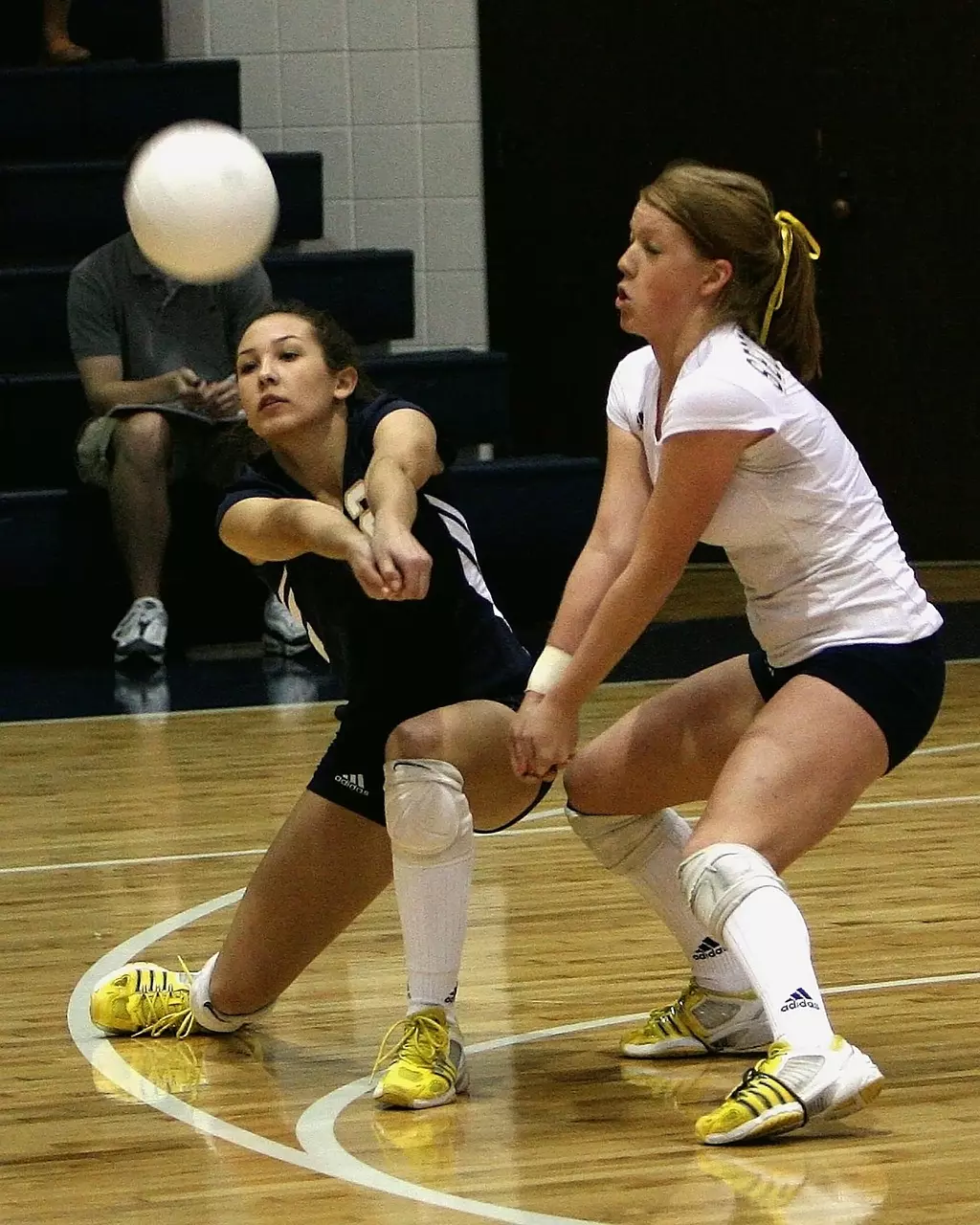Volleyball betting offers an exciting dimension to the sport, requiring careful consideration of a multitude of factors. One of these critical factors lies in the game's fundamentals: the serve and reception. Here, we will look at the importance of these elements, how they can influence the outcome of a game, and consequently, how they affect betting odds, which you can then take advantage of right here at Galera.Bet.

Understanding Volleyball Fundamentals: The Serve and Reception
In volleyball, the serve and reception lay the groundwork for every play, influencing the game's tempo and strategy. A team's effectiveness in these areas can significantly sway the match outcome.
The serve initiates the game and can be a potent offensive weapon. Types of serves include the underhand serve, the overhand serve, and the jump serve, each with varying degrees of power, spin, and speed. A well-executed serve can disrupt the opponent's formation, setting the stage for a successful rally.
On the other side, the reception, or the act of successfully handling the serve, sets the pace for the team's offensive play. It's the first contact after the serve and acts as a transition from defense to offense. A good reception can lead to a well-organized attack, while a poor one can disrupt the flow of the game.
Understanding the different types of serves and receptions, and the implications they have for the game, is crucial for bettors. These fundamental elements not only determine the flow of a game but also provide insights into a team's strengths and weaknesses.
Player and Team Performance in Serve and Reception
Different teams and players excel in different aspects of volleyball, and serving and receiving are no exceptions. Certain teams might be known for their powerful and accurate serves, while others may have a reputation for their solid and consistent receptions.
For instance, a team with a powerful server can put significant pressure on the opposing team's defense, disrupting their formation and leading to scoring opportunities. Similarly, a team with skilled receivers can neutralize the opponent's serve, setting up their attack effectively.
Individual players also play a significant role. A player known for their jump serves can be a game-changer, often scoring direct points or weakening the opponent's counterattack. On the flip side, a player with exceptional receiving skills can stabilize the team's defense and initiate well-coordinated attacks.
In volleyball betting, understanding these team and player dynamics can provide valuable insights. A team's or player's performance in serving and receiving can influence the outcome of a match and offer hints on where to place your bets. For instance, a team with a strong serve might be a good bet for winning the first set or scoring the first point, given that the team serving first often has the initial advantage.
How Serve and Reception Influence Betting Odds
When setting odds for volleyball matches, bookmakers take into account a variety of factors, including team performance in serve and reception. A team known for its powerful serves or stable receptions may have lower odds, reflecting their perceived advantage. Conversely, teams with weaker serving or receiving records may have higher odds.
Understanding these dynamics can help bettors spot potential value bets. For example, if a team is an underdog according to the odds, but they have a strong server facing a team with a weak reception record, they might have a better chance of winning than the odds suggest.
Similarly, in-play betting, where bets are placed after the match has started, can also be influenced by serving and receiving performance. For instance, if a team is behind but their strong server is about to serve, it might be a good time to bet on that team winning the next point.
Furthermore, prop bets, which are bets on specific occurrences within a game, can also be influenced by serve and reception performance. Examples of these bets include which team will win the first set (often influenced by who serves first) or which team will reach a certain number of points first.
In essence, understanding the impact of serving and receiving on the flow and outcome of a volleyball match can offer valuable insights for bettors. This knowledge can help you make more informed decisions, potentially improving your results.
Hypothetical Case Study
To illustrate the impact of serving and reception on betting outcomes, let's examine a hypothetical volleyball match. Suppose Team A, known for their strong serves, is playing against Team B, which has a record of shaky receptions. Despite Team B ranking higher overall, the match is on Team A's home court, where they've consistently served well.
In this situation, bettors aware of these factors might see value in betting on Team A, contrary to what the overall team rankings suggest. As the match unfolds, Team A's powerful serves indeed disrupt Team B's formation, leading to poor receptions and weak counterattacks. As a result, Team A wins, providing a profitable outcome for bettors who considered the serving and receiving dynamics.
Ace Your Bets with Galera.Bet
As should now be clear, the serve and reception in volleyball can significantly influence the flow and outcome of a match. For bettors, understanding these fundamental aspects of the game is crucial. It can not only enhance your appreciation of the sport but also provide a significant edge when formulating betting strategies.
At Galera.Bet, we offer a diverse range of betting options for volleyball, allowing you to apply your understanding of serve and reception dynamics. So, why not put your knowledge to the test and see if you can place winning bets with us today.
 The Most Popular Esports of 2024
The Most Popular Esports of 2024 Spin for Scarily Big Halloween Wins at Galera Big
Spin for Scarily Big Halloween Wins at Galera Big An Introduction and Betting Guide to the X Games
An Introduction and Betting Guide to the X Games How to Bet on Fortnite with Galera Bet
How to Bet on Fortnite with Galera Bet What is the Esports World Cup?
What is the Esports World Cup? Diogo F.
Diogo F. Joseph O.
Joseph O. Lucas A.
Lucas A. Adam C.
Adam C.